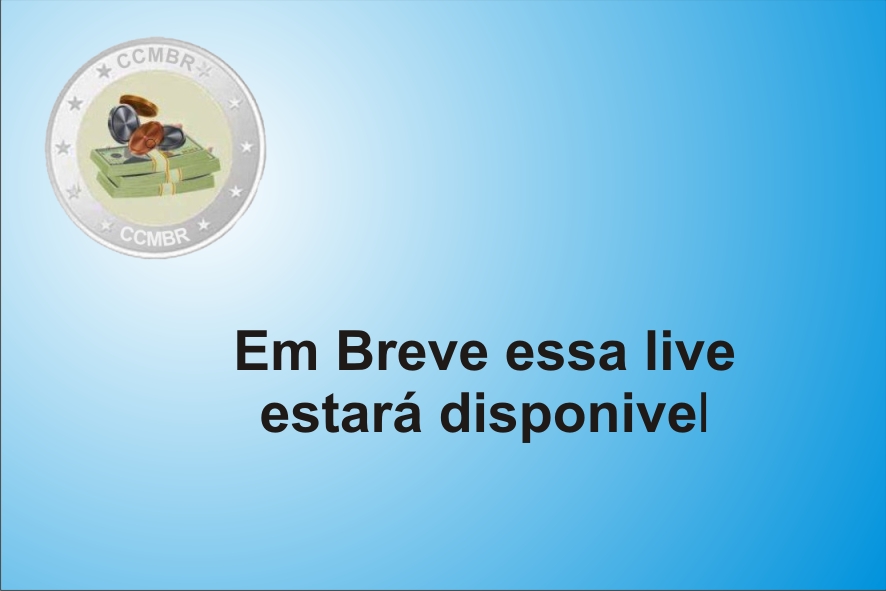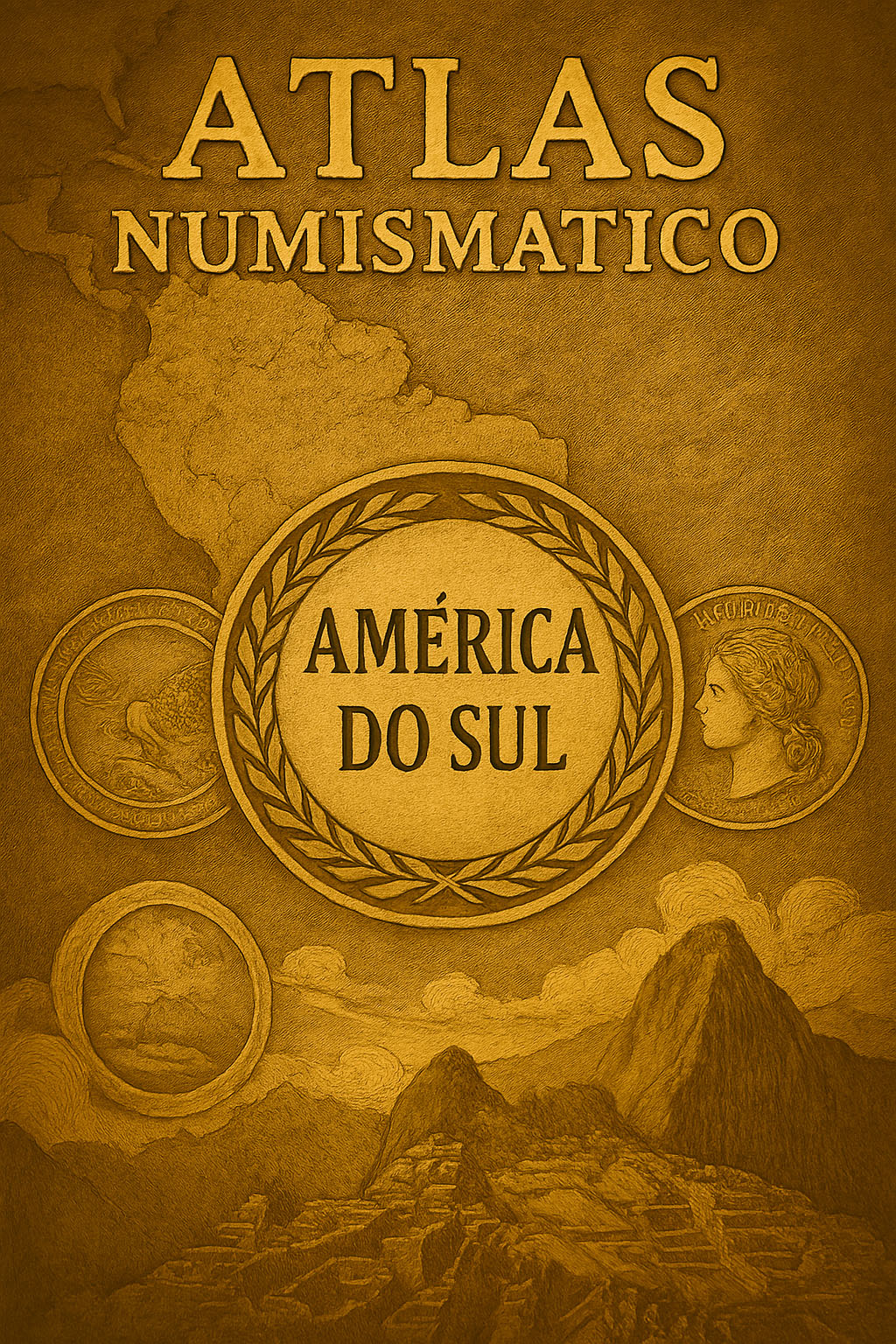
# **Plurinational State of Bolivia**
## **Full Financial History Report**
---
### **Basic Data:**
- **ISO Country Code:** BO
- **Official Languages:** Spanish, Quechua, Aymara and Guarani
- **ISO Code of Main Language (for international use):** es
- **Current Official Currency:** Boliviano
- **ISO Currency Code (Current):** BOB
---
## **1. Monetary History of Bolivia**
Bolivia's monetary history is marked by a complex evolution that reflects its cultural diversity, mineral wealth, and economic fluctuations over the centuries. From the colonial period to the present day, the country has experienced multiple currency reforms, high inflation periods, and changes in its monetary units.
---
## **2. Currencies Circulated in Bolivia (since the beginning of monetary production)**
Below are all currencies that have circulated in Bolivia:
---
### **2.1. Real (Spanish and Colonial Real)**
- **ISO Code:** —
- **Singular Name:** Real
- **Plural Name:** Reales
- **Monetary Subdivision:** 1 Real = 8 small reals / 1 Real = 100 centavos (in some periods)
- **Fraction Singular Name:** Centavo
- **Fraction Plural Name:** Centavos
- **Start Date of Production:** c. 1545 (with the foundation of the Potosí Mint)
- **End Date of Production:** 1864
- **Start Date of Circulation:** c. 1545
- **End Date of Circulation:** 1864
- **Mint:** Casa de la Moneda de Potosí
- **Issuing Bank:** Not applicable (colonial coinage)
- **Coin Denominations:** ½ real, 1 real, 2 reals, 4 reals, 8 reals
- **Banknote Denominations:** —
- **Historical Context:** Used during the Viceroyalty of Peru and later as local currency after independence.
- **Designs / Symbols:** Included heraldic figures, crosses, crowns, and imperial shields.
- **Current Status:** Out of circulation
- **Issuing Authority:** Spanish Crown, then independent government
- **Relevant Legislation:** Used under colonial rule and early republican years
- **Curiosities:** The Potosí Mint was one of the first in South America.
---
### **2.2. Bolivian Peso (BOB)** – **First Issue**
- **ISO Code:** BOB
- **Singular Name:** Bolivian Peso
- **Plural Name:** Bolivian Pesos
- **Monetary Subdivision:** 1 Peso = 100 centavos
- **Fraction Singular Name:** Centavo
- **Fraction Plural Name:** Centavos
- **Start Date of Production:** 1864
- **End Date of Production:** 1963
- **Start Date of Circulation:** 1864
- **End Date of Circulation:** 1963
- **Mint:** Casa de la Moneda de Bolivia (Sucre), Royal Mint of London
- **Issuing Bank:** Banco Nacional de Bolivia
- **Coin Denominations:** ½, 1, 2, 5, 10, 20, 50 centavos; 1 peso
- **Banknote Denominations:** 1, 2, 5, 10, 20, 50, 100, 500, 1000 pesos
- **Historical Context:** First stable national currency after independence.
- **Designs / Symbols:** Featured national heroes such as Simón Bolívar, Antonio José de Sucre, and other independence figures.
- **Print Runs / Commemorative Issues:** Series dedicated to the centenary of independence and patriotic events.
- **Current Status:** Out of circulation
- **Issuing Authority:** Banco Nacional de Bolivia
- **Relevant Legislation:** Law Establishing the National Bank of Bolivia (1871)
---
### **2.3. Boliviano (BOB)** – **Current Official Currency**
- **ISO Code:** BOB
- **Singular Name:** Boliviano
- **Plural Name:** Bolivianos
- **Monetary Subdivision:** 1 Boliviano = 100 centavos
- **Fraction Singular Name:** Centavo
- **Fraction Plural Name:** Centavos
- **Start Date of Production:** 1963
- **End Date of Production:** Ongoing
- **Start Date of Circulation:** 1963
- **End Date of Circulation:** In circulation
- **Mint:** Casa de la Moneda de Bolivia (Sucre)
- **Issuing Bank:** Central Bank of Bolivia
- **Coin Denominations:** Bs. 0.10, Bs. 0.20, Bs. 0.50, Bs. 1, Bs. 2, Bs. 5
- **Banknote Denominations:** Bs. 10, Bs. 20, Bs. 50, Bs. 100, Bs. 200
- **Historical Context:** Introduced to control inflation from the previous era.
- **Designs / Symbols:** “Cultural Identity” series featuring native fauna, historical figures, and natural landscapes.
- **Print Runs / Commemorative Issues:** Special editions honoring indigenous leaders, scientists, and social figures.
- **Curiosities:** Colorful banknotes with advanced anti-counterfeit features.
- **Current Status:** Active
- **Issuing Authority:** Central Bank of Bolivia
- **Relevant Legislation:** Central Bank of Bolivia Act (1964)
- **Current Signatories:** President of the Central Bank, Minister of Economy
- **People Honored on Notes:** Simón Bolívar, Antonio José de Sucre, Bartolina Sisa, Jaime Mendoza, among others
---
## **3. Mints / Production Facilities**
- **Potosí Mint** (founded in 1572)
- **Casa de la Moneda de Bolivia** (current institution in Sucre)
---
## **4. Chronological Summary of Currency Changes**
| Year | Currency Change | Equivalence |
|------|------------------|-------------|
| 1864 | Real → Bolivian Peso | 1:1 |
| 1963 | Bolivian Peso → Boliviano | 1:1 |
---
## **5. Additional Curiosities**
- Bolivia was one of the world’s largest silver producers during the colonial period, which directly influenced its monetary system.
- The name "boliviano" was chosen in honor of Simón Bolívar.
- Hyperinflation in the 1980s led to a monetary reform in 1987.
- Current banknotes stand out for their multicultural design and representation of indigenous peoples.
---
## **6. Historical Issuing Authorities**
- National Bank of Bolivia
- Central Bank of Bolivia
---
## **7. Key Monetary Legislation**
- National Bank of Bolivia Act (1871)
- Central Bank of Bolivia Act (1964)
- Supreme Decree 11061 (Monetary Reform of 1987)
---
## **8. Prominent Figures Featured on Banknotes**
- Simón Bolívar
- Antonio José de Sucre
- Bartolina Sisa
- Jaime Mendoza
- Germán Busch
- René Moreno
- Pedro Domingo Murillo
- Tomás Frías Ametller
- Emiliano R. Fernández (on some early issues)
Comentário

